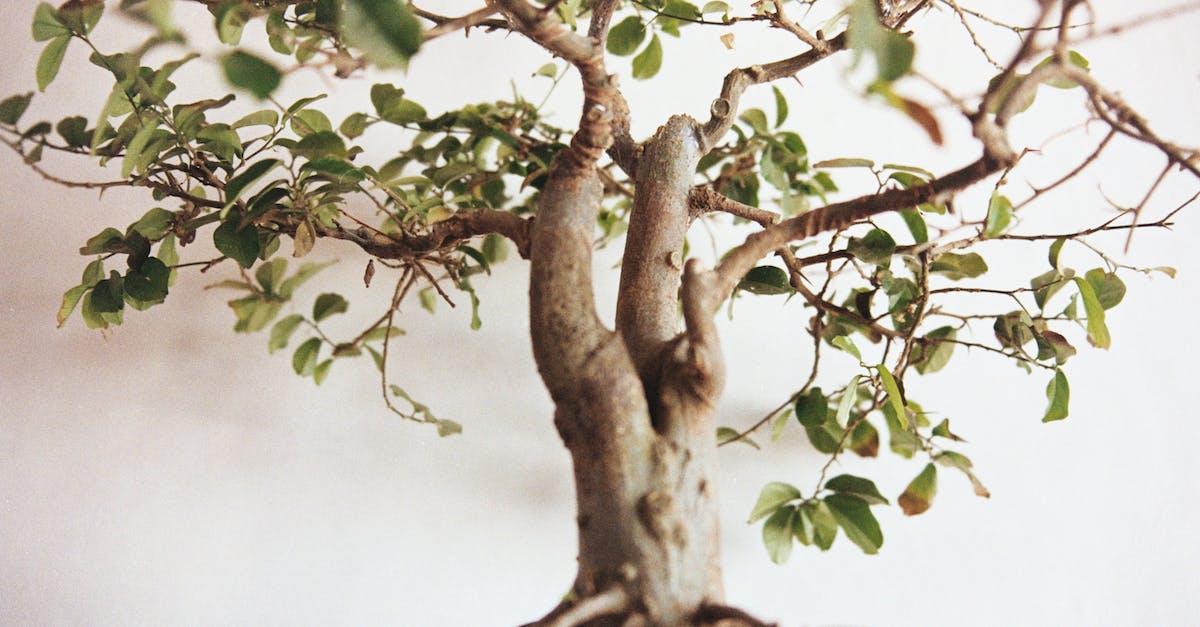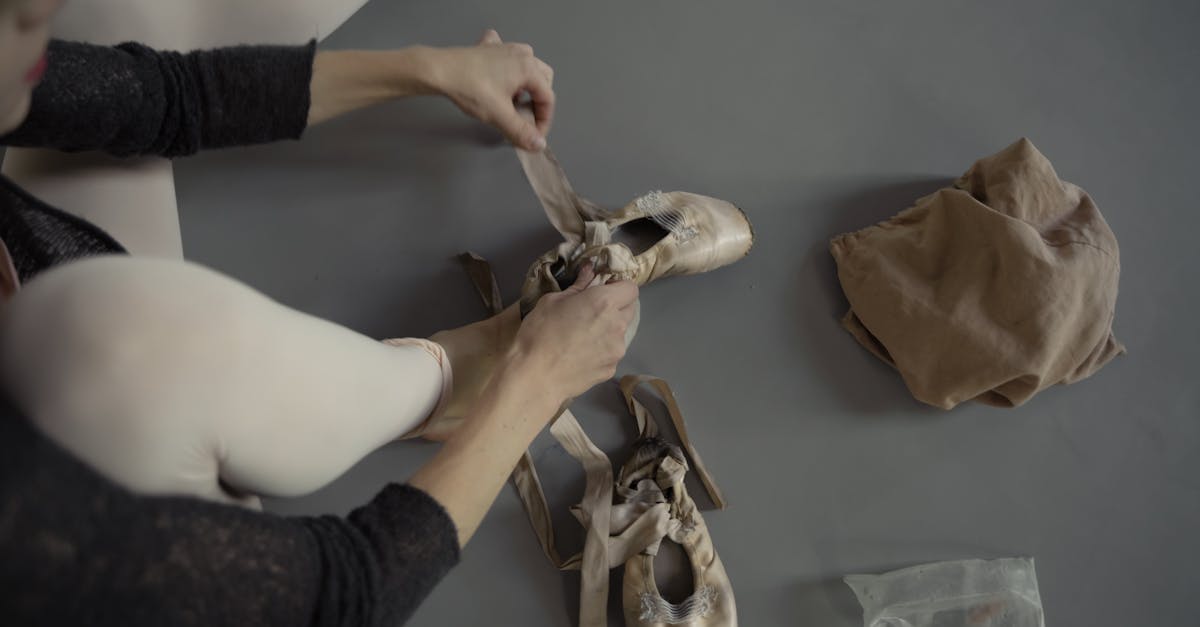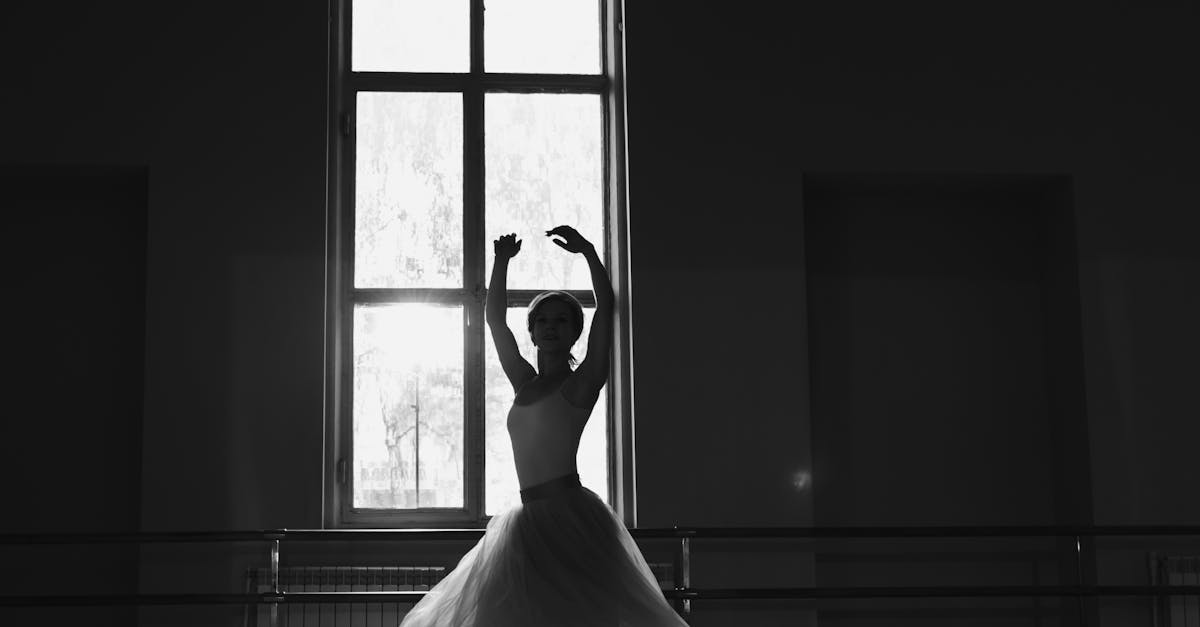The Artful Alchemy of Manoj Kumar: Transforming Nature into Miniature Masterpieces

In the realm of bonsai, Manoj Kumar shines as a radiant star, illuminating the ancient art form with his unparalleled artistry and unwavering dedication. Manoj Kumar: A Rising Star in the World of Indian Bonsai delves into the captivating journey of this exceptional artist, chronicling his remarkable achievements, innovative techniques, and profound contributions to the global bonsai community. As we unveil the intricacies of Manoj Kumar’s bonsai world, we discover a symphony of nature and art, where miniature trees become living masterpieces, embodying the essence of patience, harmony, and the pursuit of perfection.
1. The Art of Bonsai: An Introduction
The Art of Bonsai: An Introduction
Bonsai, a captivating art form with roots in ancient Japanese traditions, invites us to contemplate the beauty and tranquility of nature in miniature. The practice of bonsai involves cultivating and shaping small trees or shrubs in containers, meticulously pruning and training them to create living works of art. Through this delicate process, bonsai artists strive to capture the essence of nature’s grandeur and evoke a sense of harmony and balance.
The origins of bonsai can be traced back to the 6th century, when Chinese Buddhist monks brought the practice to Japan. Initially, bonsai trees were prized by the elite and wealthy as a symbol of status and refinement. Over time, bonsai gained widespread popularity, becoming an integral part of Japanese culture and aesthetics. Today, bonsai is practiced and appreciated by enthusiasts around the globe, transcending cultural boundaries and inspiring awe and admiration.
Beyond its aesthetic appeal, bonsai holds deep cultural significance. In Japan, bonsai is revered as a symbol of longevity, harmony, and the interconnectedness of all living things. The practice of bonsai is seen as a meditative and spiritual pursuit, requiring patience, discipline, and a deep appreciation for the natural world. Through bonsai, artists seek to create a microcosm of nature, capturing the essence of ancient trees and landscapes in miniature form.
2. Manoj Kumar: A Trailblazing Indian Bonsai Artist

Manoj Kumar: A Trailblazing Indian Bonsai Artist
Hailing from the vibrant city of Hyderabad, India, Manoj Kumar is a rising star in the world of bonsai, captivating audiences with his exceptional artistry and innovative techniques. His passion for bonsai ignited at a young age, nurtured by his deep appreciation for nature and the pursuit of perfection. Unlike many bonsai artists who inherit the practice from their ancestors or mentors, Manoj Kumar embarked on a self-taught journey, guided by an insatiable curiosity and unwavering determination.
Manoj Kumar’s unique path has allowed him to develop a distinctive style that fuses traditional Japanese techniques with a contemporary Indian aesthetic. He meticulously selects native Indian trees, such as the Ficus benghalensis and the Wrightia tinctoria, and transforms them into miniature masterpieces. By incorporating elements of Indian art and culture, such as intricate carvings and vibrant colors, Manoj Kumar creates bonsai that are both visually stunning and deeply rooted in his heritage.
Through his innovative approach, Manoj Kumar has gained recognition not only in India but also on the global stage. His bonsai creations have been featured in prestigious exhibitions worldwide, earning him accolades for their originality and technical excellence. Manoj Kumar’s dedication to promoting the art of bonsai in India is equally noteworthy. He conducts workshops and lectures, sharing his knowledge and techniques with aspiring artists, and has played a pivotal role in establishing bonsai as a recognized art form in his home country.
Early Life and Influences
Early Life and Influences
Born in the bustling city of Hyderabad, India, Manoj Kumar’s early life was marked by a deep affinity for nature and a keen eye for detail. As a child, he spent countless hours exploring the local parks and gardens, marveling at the diversity of plant life. It was during one such exploration that he first encountered the art of bonsai, and an instant fascination was ignited within him.
Kumar’s initial introduction to bonsai came through books and magazines, where he was captivated by the intricate miniature trees and the meticulous care that went into their cultivation. He began experimenting with his own bonsai, using small trees and plants found in his neighborhood. Though his early attempts were far from perfect, they laid the foundation for his future artistic endeavors.
As Kumar delved deeper into the world of bonsai, he sought guidance from experienced artists and studied the techniques and principles of the ancient Japanese tradition. However, he also recognized the importance of infusing his work with his own unique perspective and cultural heritage. This desire to blend traditional and contemporary elements would become a defining characteristic of his artistic style.
Artistic Philosophy and Techniques
Artistic Philosophy and Techniques
At the heart of Manoj Kumar’s bonsai artistry lies a deep appreciation for the natural beauty and resilience of trees. He believes that bonsai is not simply about creating miniature replicas of full-sized trees but about capturing their essence and spirit in a condensed form. Kumar’s approach to selecting and cultivating trees is guided by his discerning eye for unique and characterful specimens. He often favors native Indian trees, such as the Ficus benghalensis and the Wrightia tinctoria, which are known for their adaptability and strength.
In his cultivation techniques, Kumar emphasizes patience and observation. He allows his trees to grow and develop naturally, carefully pruning and shaping them over time to enhance their inherent beauty. Kumar has also developed innovative techniques to create unique effects and forms in his bonsai. For instance, he employs a special grafting technique to fuse different species of trees, resulting in bonsai with captivating and unusual characteristics.
Beyond technical skill, Kumar’s artistic philosophy is deeply rooted in Indian aesthetics and culture. He draws inspiration from traditional Indian art forms, such as miniature painting and sculpture, to create bonsai that are both visually striking and deeply meaningful. His use of vibrant colors and intricate carvings adds a touch of contemporary flair to his creations, setting them apart from traditional Japanese bonsai.
3. Notable Achievements and Recognition
Notable Achievements and Recognition
Manoj Kumar’s exceptional artistry has garnered him widespread recognition and accolades in the bonsai world. His bonsai creations have been featured in prestigious exhibitions both in India and abroad, including the World Bonsai Convention and the Asia-Pacific Bonsai and Suiseki Convention. Kumar’s bonsai have consistently won top awards, including the coveted Prime Minister’s Award at the National Bonsai Exhibition in India.
Beyond awards and exhibitions, Kumar’s international reputation has been cemented through his participation in major bonsai events and demonstrations worldwide. He has conducted workshops and lectures in countries such as Japan, the United States, and Europe, sharing his unique approach to bonsai with aspiring artists and enthusiasts. Kumar’s dedication to promoting the art of bonsai has earned him the respect and admiration of bonsai masters and collectors around the globe.
Kumar’s achievements have not only brought recognition to himself but have also helped to raise the profile of Indian bonsai on the international stage. His work has inspired a new generation of bonsai artists in India and has played a significant role in establishing India as a force to be reckoned with in the global bonsai community.
Prestigious Awards and Accolades
Prestigious Awards and Accolades
Manoj Kumar’s exceptional bonsai creations have been recognized with numerous prestigious awards and accolades, both in India and on the international stage. Here are some of his notable achievements:
-
Prime Minister’s Award, National Bonsai Exhibition, India: This is the highest honor bestowed upon bonsai artists in India. Kumar has won this award a record-breaking three times, a testament to the outstanding quality and artistry of his bonsai.
-
Gold Medal, World Bonsai Convention: The World Bonsai Convention is the most prestigious bonsai event in the world. Kumar’s bonsai has been awarded the Gold Medal at this prestigious event, placing him among the elite bonsai artists globally.
-
Best in Show Award, Asia-Pacific Bonsai and Suiseki Convention: The Asia-Pacific Bonsai and Suiseki Convention is one of the most competitive bonsai exhibitions in the Asia-Pacific region. Kumar’s bonsai has won the coveted Best in Show Award at this event, demonstrating his mastery of the art form.
These are just a few of the many awards and accolades that Manoj Kumar has received for his bonsai creations. His achievements have not only brought him personal recognition but have also helped to raise the profile of Indian bonsai on the international stage.
International Exhibitions and Demonstrations
International Exhibitions and Demonstrations
Manoj Kumar’s bonsai artistry has not only captivated audiences in India but has also made a significant impact on the global bonsai community. He has been invited to participate in major international bonsai exhibitions and demonstrations, where his unique approach and exceptional skills have earned him widespread recognition and admiration.
One of the most notable platforms where Kumar has showcased his bonsai creations is the World Bonsai Convention. Held every four years, the World Bonsai Convention brings together the world’s leading bonsai artists and enthusiasts. Kumar’s bonsai has been featured in several World Bonsai Conventions, receiving critical acclaim for their beauty, technical excellence, and cultural significance.
Beyond the World Bonsai Convention, Kumar has also participated in prestigious bonsai exhibitions and demonstrations in countries such as Japan, the United States, and Europe. His bonsai creations have been displayed in renowned botanical gardens and museums, attracting the attention of bonsai aficionados and art lovers alike. Through these international exhibitions and demonstrations, Kumar has not only shared his passion for bonsai but has also helped to promote the art form on a global scale.
4. Contributions to the Bonsai Community

Contributions to the Bonsai Community
Beyond his artistic achievements, Manoj Kumar is also dedicated to promoting and advancing the art of bonsai, both within India and internationally. He actively shares his knowledge and skills through workshops, lectures, and demonstrations, inspiring countless aspiring bonsai artists.
In India, Kumar has played a pivotal role in establishing bonsai as a recognized art form. He was instrumental in founding the Indian Bonsai Association, which has become a platform for bonsai enthusiasts to connect, learn, and showcase their work. Kumar’s workshops and lectures have reached a wide audience, introducing the art of bonsai to a new generation of artists and enthusiasts.
Internationally, Kumar has been a strong advocate for Indian bonsai. He has represented India at major bonsai events and has judged bonsai competitions worldwide. Through his involvement in the global bonsai community, Kumar has helped to raise the profile of Indian bonsai and has fostered cultural exchange between India and other bonsai-producing countries.
Educational Workshops and Lectures
Educational Workshops and Lectures
Manoj Kumar is deeply committed to sharing his knowledge and skills with aspiring bonsai artists. He conducts regular workshops and lectures, both in India and abroad, where participants can learn the fundamentals of bonsai cultivation and shaping, as well as more advanced techniques. Kumar’s workshops are highly sought after, and participants consistently praise his patience, enthusiasm, and ability to convey complex concepts in a clear and engaging manner.
In his workshops, Kumar covers a wide range of topics, including tree selection, potting and soil management, pruning and wiring, and styling techniques. He also provides guidance on the care and maintenance of bonsai trees, ensuring that participants have the knowledge and skills to keep their bonsai healthy and thriving.
Kumar’s lectures are equally informative and inspiring. He often shares his thoughts on the philosophy and aesthetics of bonsai, as well as the cultural significance of this ancient art form. Through his educational efforts, Kumar is not only helping to preserve the tradition of bonsai but is also inspiring a new generation of bonsai artists to pursue their passion.
Preservation and Conservation Efforts
Preservation and Conservation Efforts
Manoj Kumar is an advocate for sustainable practices within the bonsai community. He believes that it is essential to preserve and conserve the natural materials used in bonsai, such as trees, soil, and water. Kumar encourages bonsai artists to source their materials responsibly and to use techniques that minimize environmental impact.
One of the most important aspects of bonsai preservation is the selection of trees. Kumar recommends using native species that are well-adapted to the local climate and environment. He also encourages bonsai artists to collect trees from sustainable sources, such as nurseries or specialized collectors. When collecting trees from the wild, it is important to do so in a way that minimizes damage to the surrounding ecosystem.
In addition to tree selection, Kumar also emphasizes the importance of proper soil management and water conservation. He recommends using organic soil mixes that are tailored to the specific needs of bonsai trees. He also encourages bonsai artists to water their trees efficiently and to avoid over-fertilizing.
5. The Legacy of Manoj Kumar
The Legacy of Manoj Kumar
Manoj Kumar’s contributions to the world of bonsai are profound and lasting. Through his exceptional artistry, dedication to education, and commitment to sustainability, he has left an enduring legacy that will continue to inspire and shape the art form for generations to come.
Kumar’s bonsai creations are not only beautiful works of art but also testaments to his deep understanding of nature and his ability to capture its essence in miniature form. His innovative techniques and unique aesthetic have influenced countless bonsai artists around the world, and his work has helped to raise the profile of Indian bonsai on the global stage.
Beyond his artistic achievements, Kumar’s dedication to sharing his knowledge and skills has had a profound impact on the bonsai community. His workshops, lectures, and demonstrations have inspired a new generation of bonsai artists and enthusiasts, and his commitment to sustainable practices has helped to ensure the future of the art form. As a master bonsai artist and a respected teacher, Manoj Kumar’s legacy will continue to shape the world of bonsai for many years to come.
Influence on Contemporary Bonsai
Influence on Contemporary Bonsai
Manoj Kumar’s artistic vision and techniques have had a significant influence on contemporary bonsai practices, inspiring new generations of artists to explore innovative approaches to the art form. His emphasis on selecting native Indian trees and incorporating elements of Indian culture and aesthetics has encouraged bonsai artists to embrace their own cultural heritage and to create bonsai that are uniquely reflective of their local environment.
Kumar’s technical innovations have also played a major role in shaping contemporary bonsai. His development of new grafting techniques, for example, has allowed artists to create bonsai with unusual and striking forms. His emphasis on sustainability has also raised awareness of the importance of using environmentally friendly practices in bonsai cultivation.
As a respected teacher and mentor, Manoj Kumar has directly influenced the work of numerous emerging bonsai artists. His workshops and lectures have provided a platform for aspiring artists to learn from a master and to develop their own unique styles. Through his dedication to sharing his knowledge and skills, Kumar has helped to ensure that the art of bonsai will continue to flourish for generations to come.
Recognition as a Master
Recognition as a Master
Manoj Kumar is widely recognized as a master bonsai artist, a testament to his exceptional skills and contributions to the art form. His bonsai creations have been featured in prestigious exhibitions and publications around the world, and he has received numerous awards and accolades for his work. Kumar’s mastery of traditional Japanese techniques, combined with his innovative approach and unique aesthetic, has earned him the respect and admiration of bonsai enthusiasts and collectors alike.
Beyond his artistic achievements, Kumar is also recognized as a master teacher and mentor. He has conducted workshops and lectures in India and abroad, sharing his knowledge and skills with aspiring bonsai artists. His dedication to education and his commitment to promoting the art of bonsai have played a significant role in raising the profile of bonsai in India and around the world.
As a master bonsai artist, Manoj Kumar’s work and teachings continue to inspire and influence the bonsai community. His exceptional skills, innovative approach, and dedication to the art form have earned him a lasting legacy as one of the leading bonsai artists of our time.
What is the significance of Manoj Kumar’s use of native Indian trees in his bonsai creations?
Manoj Kumar’s use of native Indian trees in his bonsai creations is significant for several reasons. Firstly, it reflects his deep appreciation for the natural beauty and diversity of India’s flora. By selecting trees that are well-adapted to the local climate and environment, Kumar ensures that his bonsai are not only aesthetically pleasing but also sustainable and long-lasting. Secondly, the use of native trees allows Kumar to connect his bonsai with the cultural heritage of India. Many of the trees he selects have cultural or religious significance, adding an extra layer of meaning and depth to his creations.
How has Manoj Kumar’s commitment to sustainability influenced the bonsai community?
Manoj Kumar’s commitment to sustainability has had a significant impact on the bonsai community, both in India and internationally. Through his workshops, lectures, and demonstrations, Kumar has raised awareness of the importance of using environmentally friendly practices in bonsai cultivation. He encourages bonsai artists to source their materials responsibly, to use organic soil mixes, and to conserve water. Kumar’s emphasis on sustainability has helped to ensure that the art of bonsai is practiced in a way that is mindful of the environment.
What are some of the unique techniques that Manoj Kumar has developed and employed in his bonsai creations?
Manoj Kumar has developed a number of unique techniques that he employs in his bonsai creations. One of his most notable innovations is the use of grafting to create bonsai with unusual and striking forms. Kumar has also developed specialized techniques for pruning and wiring bonsai trees, allowing him to achieve a high level of refinement and detail in his work. Additionally, Kumar has experimented with different soil mixes and watering techniques to optimize the health and longevity of his bonsai.






